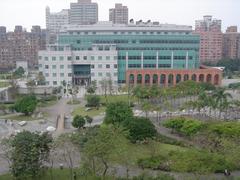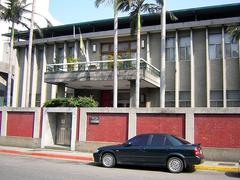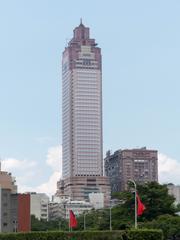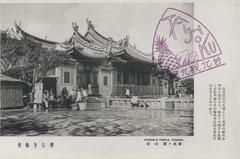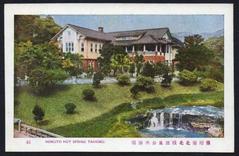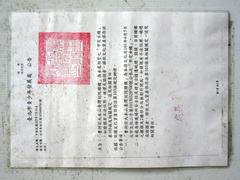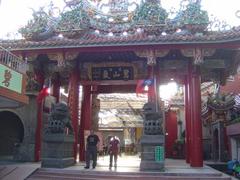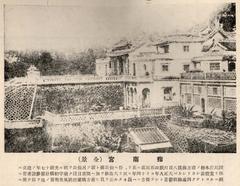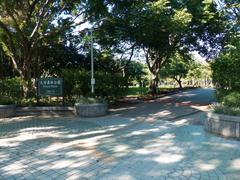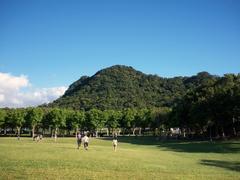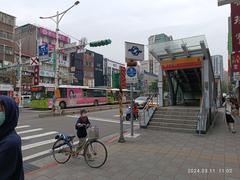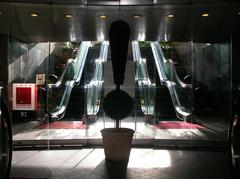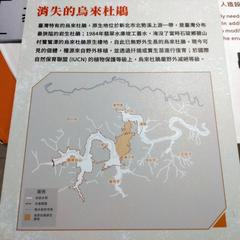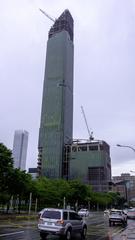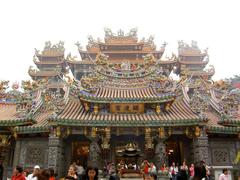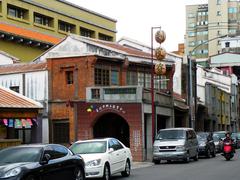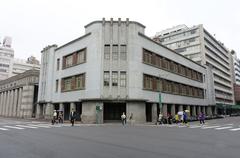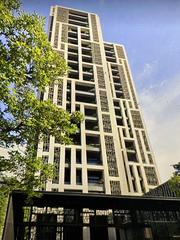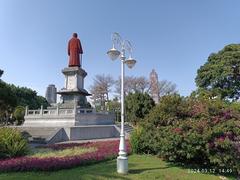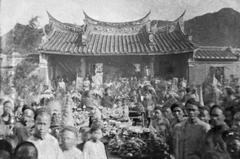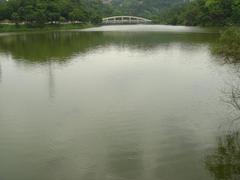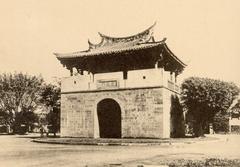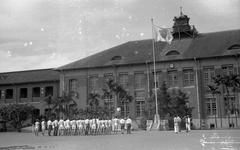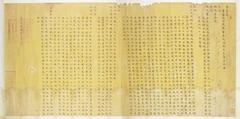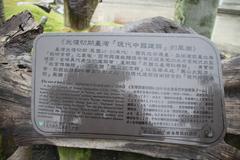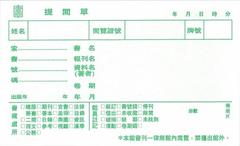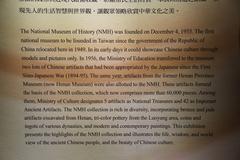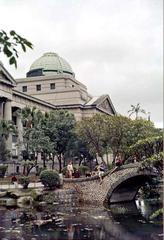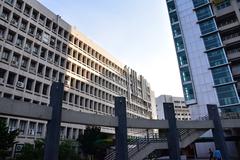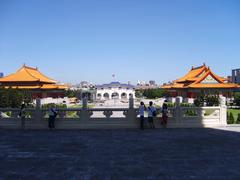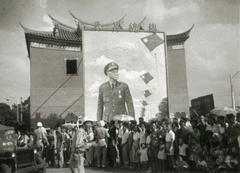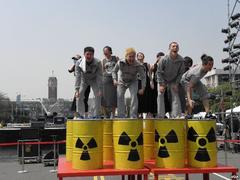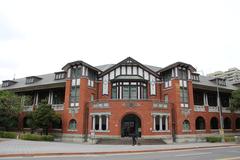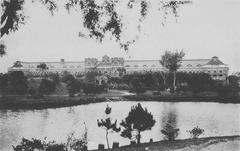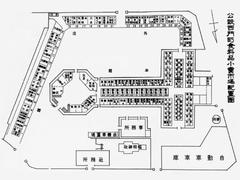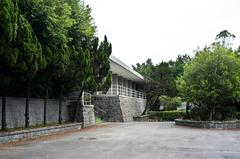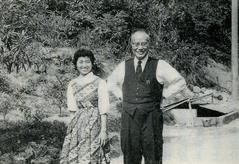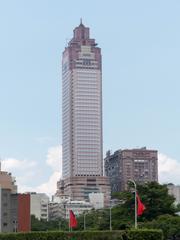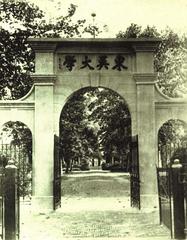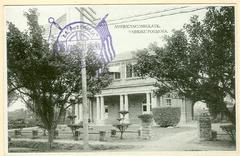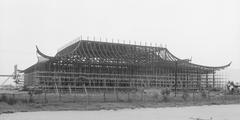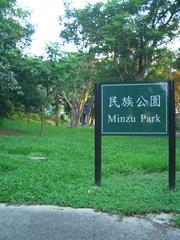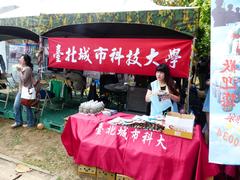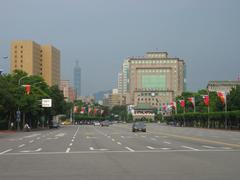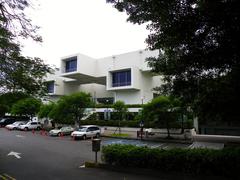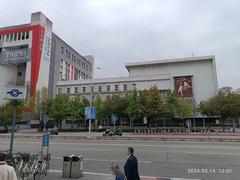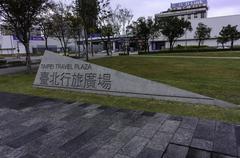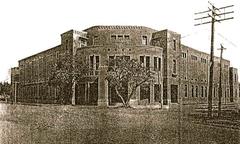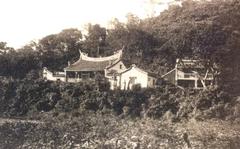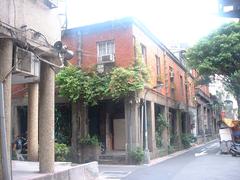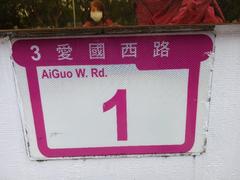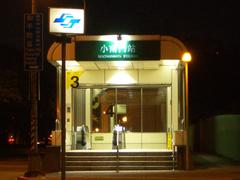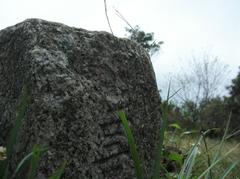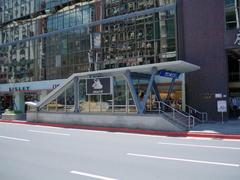Visiting National Revolutionary Martyrs’ Shrine: Hours, Tickets, and Tips
Date: 16/08/2024
Introduction
The National Revolutionary Martyrs’ Shrine in Taipei, Taiwan, stands as a poignant tribute to the countless soldiers and civilians who sacrificed their lives for the nation’s freedom and sovereignty. Constructed in 1969, the shrine is a vital part of Taiwan’s cultural and historical landscape, symbolizing the bravery and dedication of its martyrs (Wikipedia). Situated on Chingshan Mountain and overlooking the Keelung River, the shrine’s grand architecture, inspired by the Hall of Supreme Harmony in Beijing’s Forbidden City, adds to its majestic ambiance (Klook).
The shrine was established during a tumultuous period in Taiwan’s history, serving as a reminder of the sacrifices made during significant conflicts such as the Xinhai Revolution, the Second Sino-Japanese War, and the Chinese Civil War (Guide to Taipei). Today, it continues to play a crucial role in Taiwan’s national identity, hosting annual commemorative ceremonies and attracting numerous visitors worldwide. The Changing of the Guard ceremony, a popular attraction, showcases the precision and discipline of the Republic of China Military honor guards, further enhancing the shrine’s appeal (Taipei Travel Geek).
This comprehensive guide aims to provide visitors with all the essential information needed to explore the National Revolutionary Martyrs’ Shrine, including its rich history, architectural significance, visitor tips, and nearby attractions. Whether you are a history enthusiast, a cultural explorer, or simply looking for a unique travel experience, this guide will help you make the most of your visit to this iconic landmark.
Table of Contents
- History of the National Revolutionary Martyrs’ Shrine
- Role in Modern Taiwan
- Accessibility and Visitor Information
- Cultural and Educational Impact
- FAQ
- Visitor Tips
History of the National Revolutionary Martyrs’ Shrine
Origins and Construction
The National Revolutionary Martyrs’ Shrine, located in the Zhongshan District of Taipei, Taiwan, was constructed in 1969. The shrine was built to honor the soldiers who sacrificed their lives in various significant conflicts, including the Xinhai Revolution, the Northern Expedition, the Second Sino-Japanese War, the Chinese Civil War, and the First and Second Taiwan Strait Crises. The shrine’s design was inspired by the Hall of Supreme Harmony in Beijing’s Forbidden City, reflecting traditional Chinese architectural aesthetics (Wikipedia).
Architectural Significance
The shrine is situated on Chingshan Mountain, overlooking the Keelung River. This location was chosen not only for its scenic beauty but also for its strategic significance. The architecture of the shrine is grand and imposing, symbolizing the bravery and sacrifice of the martyrs. The main hall, adorned with intricate details and Republic of China iconography, serves as the focal point of the complex. The surrounding structures, including the Drum Tower and Bell Tower, add to the shrine’s majestic ambiance (Klook).
Historical Context
The shrine was built during a tumultuous period in Taiwan’s history. Following the Chinese Civil War, the Kuomintang (KMT) government retreated to Taiwan, bringing with them the memories and legacies of the soldiers who fought and died in the conflict. The shrine serves as a poignant reminder of the sacrifices made during these wars and the ongoing struggle for national identity and sovereignty (Guide to Taipei).
Commemorative Practices
The National Revolutionary Martyrs’ Shrine is not just a static monument; it is a living part of Taiwan’s cultural and historical landscape. Each year, on March 29 (Youth Day) and September 3 (Armed Forces Day), the President of the Republic of China leads the heads of the five Yuans (branches of government) in a ceremony to pay respects to the martyrs. These ceremonies involve bowing and offering incense, reflecting traditional Chinese practices of honoring the dead (Wikipedia).
Inclusion of Civilian Heroes
In 1998, a legal amendment allowed for the induction of non-military individuals into the shrine. This broadened the scope of the shrine’s commemorative function to include civilians who had shown extraordinary bravery and sacrifice. For instance, Lin Ching-chuan, a teacher who died trying to save children in a 1992 tour bus fire, was the first civilian inducted. Other inductees include police officers, firefighters, and healthcare workers who died in the line of duty, such as those who perished during the 2003 SARS outbreak (Wikipedia).
Changing of the Guard Ceremony
One of the most popular attractions at the shrine is the Changing of the Guard ceremony. This event takes place every hour from 9 AM to 5 PM and showcases the precision and discipline of the Republic of China Military honor guards. The ceremony involves a series of synchronized movements and drills, lasting approximately 20 minutes. It is a captivating display that draws numerous visitors daily (Taipei Travel Geek).
Role in Modern Taiwan
The National Revolutionary Martyrs’ Shrine continues to play a significant role in modern Taiwan. It serves as a site for public worship and remembrance, with both civil and military officials participating in annual ceremonies. The shrine also attracts international visitors, including groups of overseas Chinese who come to pay their respects. The presence of military police officers guarding the main gate, trained to stand motionless and expressionless, adds to the solemn and stately atmosphere of the site (Taiwan Tourism).
Accessibility and Visitor Information
Visiting Hours and Tickets
The shrine is open to the public daily from 9 AM to 5 PM, with no admission fee required to enter. Visitors can witness the Changing of the Guard ceremony, which is a highlight of the visit, every hour during these times.
Special Events and Guided Tours
The shrine hosts special ceremonies on significant national days such as Youth Day (March 29) and Armed Forces Day (September 3). Guided tours are available upon request, providing deeper insights into the history and significance of the shrine.
Directions
The shrine is easily accessible via public transportation. Visitors can take the Taipei MRT Red Line to Yuanshan Station and then transfer to Bus 208 to reach the Martyr’s Shrine Stop. Alternatively, it is within walking distance west from Dazhi Station of the Taipei Metro (Navi Taiwan).
Cultural and Educational Impact
The National Revolutionary Martyrs’ Shrine serves as an educational resource, providing insights into Taiwan’s complex history and the sacrifices made by its people. The shrine’s exhibitions and commemorative practices offer a deeper understanding of the historical events that shaped modern Taiwan. It stands as a testament to the resilience and bravery of those who fought for the nation’s freedom and sovereignty (Klook).
FAQ
What are the visiting hours for the National Revolutionary Martyrs’ Shrine?
The shrine is open daily from 9 AM to 5 PM.
Are there any guided tours available?
Yes, guided tours are available upon request, providing detailed insights into the shrine’s history and significance.
Is there an admission fee?
No, there is no admission fee to visit the shrine.
Visitor Tips
Best Time to Visit
The best time to visit the shrine is during the early morning or late afternoon when the crowds are smaller, and the weather is cooler. This allows for a more peaceful and enjoyable experience. Additionally, visiting during one of the ceremonial events can provide a unique and memorable experience.
Dress Code
As the shrine is a place of reverence, visitors are advised to dress modestly. Comfortable walking shoes are recommended, as there is a fair amount of walking involved in exploring the site.
Photography
Photography is allowed in most areas of the shrine, but visitors are advised to be respectful and avoid using flash photography during ceremonies and in areas where it is prohibited.
Nearby Attractions
National Palace Museum
Located just a short drive from the shrine, the National Palace Museum houses one of the largest collections of Chinese art and artifacts in the world. Visitors can explore a vast array of exhibits, including ancient ceramics, jade carvings, and calligraphy. A visit to the museum provides a deeper understanding of Chinese cultural heritage and complements the historical experience of the shrine (Klook).
Taipei 101
Another must-visit attraction near the shrine is Taipei 101, one of the tallest skyscrapers in the world. The observatory on the 89th floor offers breathtaking panoramic views of Taipei and its surrounding areas. Visitors can also enjoy shopping and dining at the various high-end stores and restaurants located within the building (Klook).
Conclusion
In conclusion, the National Revolutionary Martyrs’ Shrine is more than just a monument; it is a living testament to Taiwan’s complex history and the sacrifices made by its people. From its grand architectural design to its solemn commemorative practices, the shrine offers visitors a profound and enriching experience. The Changing of the Guard ceremony, the inclusion of civilian heroes, and the annual ceremonies led by high-ranking officials underscore the shrine’s ongoing relevance in modern Taiwan (Wikipedia, Cambridge).
Visitors can explore the shrine’s beautifully landscaped gardens, educational exhibits, and nearby attractions like the National Palace Museum and Taipei 101, making it a must-visit destination in Taipei (Klook). The practical information provided, including visiting hours, transportation options, and visitor tips, ensures a smooth and enjoyable experience. As you plan your visit, remember to respect the site’s solemn nature and take advantage of the guided tours to gain deeper insights into Taiwan’s rich cultural heritage.
For more information and updates, download our mobile app Audiala, check out related posts, or follow us on social media. Your visit to the National Revolutionary Martyrs’ Shrine will undoubtedly be a memorable and enlightening journey into Taiwan’s past and present.
References
- Wikipedia, 2024, National Revolutionary Martyrs’ Shrine source
- Klook, 2024, National Revolutionary Martyrs’ Shrine source
- Guide to Taipei, 2024, Martyrs’ Shrine source
- Taipei Travel Geek, 2024, Martyrs’ Shrine source
- Cambridge, 2024, Commemorative Contention: The Taipei National Revolutionary Martyrs’ Shrine and the Politics of Death source
